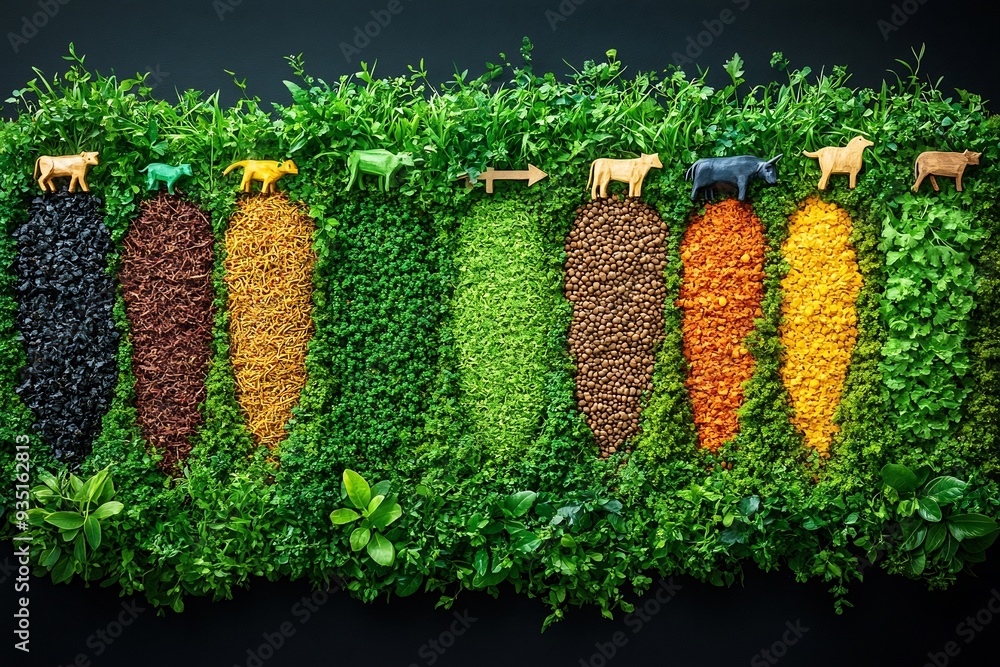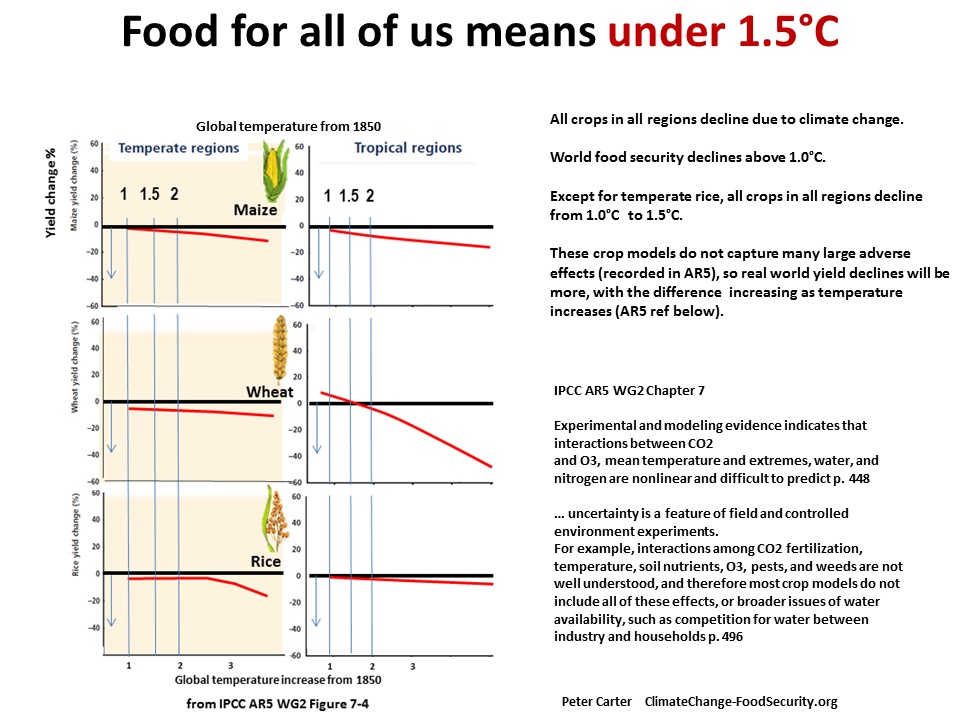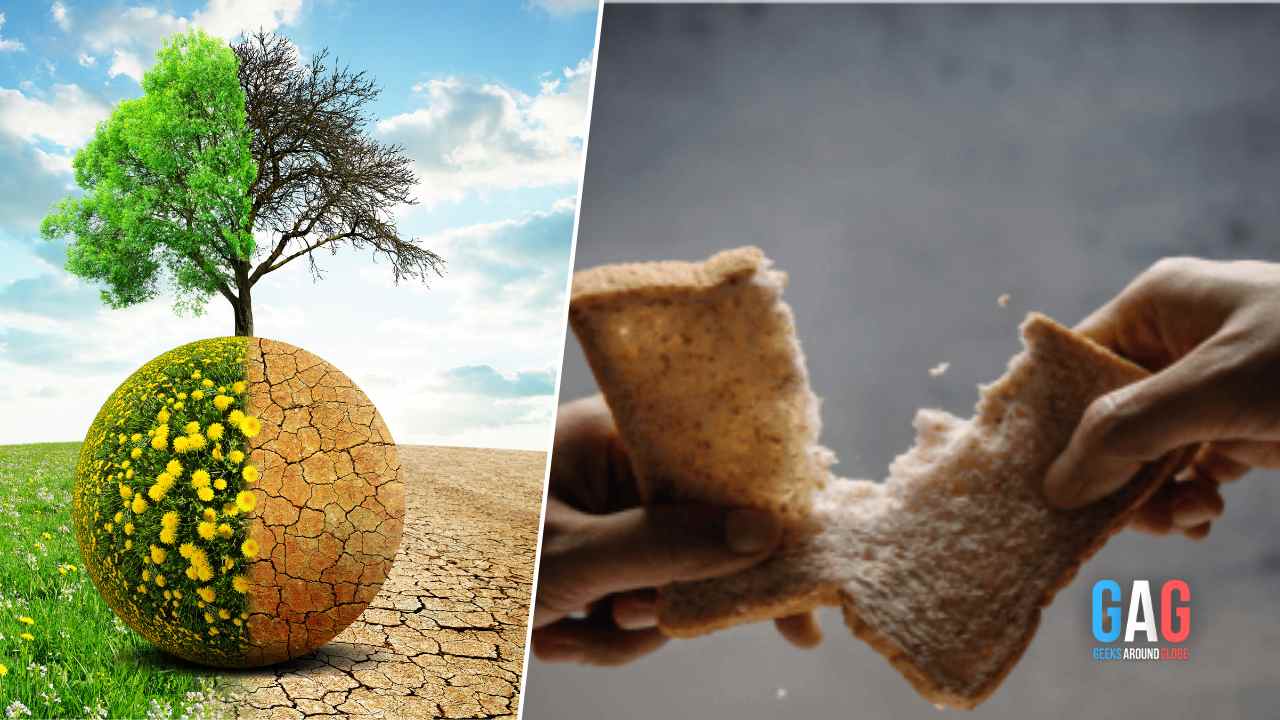Illustration showing the food chain disruption caused by Climate Change Biology Diagrams Here, is the basal species' mass and temperature-specific maximum growth rate, is the basal species' logistic growth term and is its population biomass density. The functional responses and describe the feeding dynamics of the feeding links in the food chain. The assimilation efficiencies (efficiency of conversion of prey biomass into predator biomass), and , are both set to 0.85 because both

New Delhi: "Climate change is putting food safety at risk and action is needed to prepare the food system for the challenges ahead," according to the UN's Food and Agriculture Organisation (FAO). A recent FAO study, 'Climate change: Unpacking the burden on food safety,' highlights that climate change is threatening the safety of food - sourced from both land and sea, and outlines

Risk of simultaneous food shocks to cities increases with supply chain ... Biology Diagrams
Global warming poses threat to food chains. ScienceDaily. Retrieved March 16, 2025 from www.sciencedaily.com / releases / 2021 / 03 / 210301112403.htm. University of Exeter. "Global warming poses

Demic and cultural diffusion played an important role in the global transition to food production 20,24,39. To account for this phenomenon, we explore spatial autocorrelation in the data using

How Climate Change Is Impacting Food Supply Chain Trends Biology Diagrams
They said it was needed because global food supply and demand is now getting to be what they called a "tragic mismatch." Collectively, the world is going to need to ramp up food production by 50 to 70% over the next two decades in order to feed 9.7 billion people by 2050. We're now closer to the year 2050 than we are to 1999. Supply chain disruptions caused by COVID-19 are also partly responsible for pushing up food prices. "We have strong evidence that it's also linked to climate change and global warming A warming planet is pushing food prices upward as extreme weather disrupts the supply chain, with rising costs ultimately reaching consumers. What's happening? In 2024, fruit farmers warned that rising orange juice costs were coming after devastating floods in Valencia, Spain, which impacted crop yield and brought more than $200 million in damage.

In urban areas, insufficient cold-chain capacity leads to frequent disruptions in the food supply chain, further increasing food waste. Another challenge is the strain on energy resources. Cold storage systems require significant electricity, but many Southeast Asian regions need help with energy access or face high costs for reliable power.
